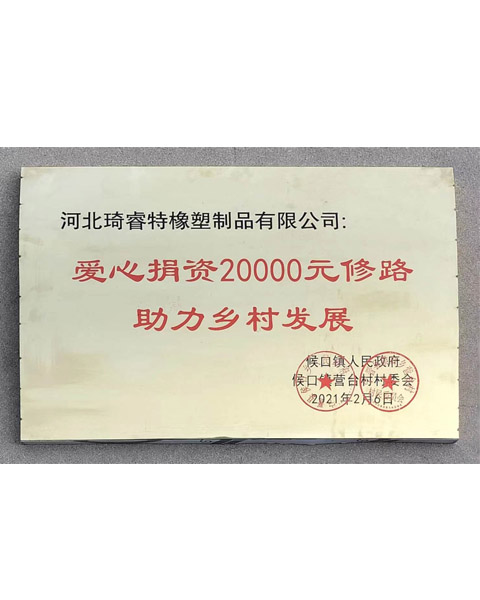High Pressure Power Steering Hose Clamp Solutions for Optimal Performance and Durability
Understanding High-Pressure Power Steering Hose Clamps
High-pressure power steering systems are crucial components in modern vehicles, ensuring that drivers can maneuver their cars with ease and precision. The efficiency and safety of these systems heavily rely on various components, one of which is the power steering hose clamp. Understanding the role of these clamps is essential for anyone interested in automotive mechanics or vehicle maintenance.
The Importance of Power Steering
Power steering systems assist drivers in turning the steering wheel with less effort, thanks to hydraulic or electric assistance. These systems operate under significant pressure, which makes the integrity of every component paramount. High-pressure hoses are used to transport hydraulic fluid from the pump to the steering gear. However, without appropriate clamping mechanisms, these hoses could easily become loose or damaged, leading to fluid leaks or complete system failure.
The Role of Hoses in Power Steering
Power steering hoses are designed to withstand high-pressure conditions, typically ranging from 1,000 to 2,500 psi (pounds per square inch). They are crafted from durable materials, often reinforced with steel mesh or other composites to resist bursting under pressure. However, a hose is only as strong as its attachment point. This is where high-pressure power steering hose clamps come into play.
Types of Hose Clamps
There are several types of hose clamps designed specifically for high-pressure applications
1. Cinch Clamps These clamps create a tight fitting by wrapping around the hose and then cinching down to secure it. They are particularly effective for high-pressure applications due to their strong grip.
high pressure power steering hose clamps

2. Screw Clamps These are the most common type, featuring a screw mechanism that tightens the clamp around the hose. They provide a reliable hold, but care must be taken to ensure they are not over-tightened, as this could damage the hose.
3. Spring Clamps These clamps exert constant pressure and are designed to adjust automatically to the hose’s size as it expands and contracts. They are easy to install and remove, making them a popular choice for automotive applications.
4. Wire Clamps Constructed from a single piece of wire, these clamps provide simple yet effective hose support. They can be a cost-effective solution for certain applications but may not always offer the necessary pressure resistance.
Selecting the Right Clamp
Choosing the right power steering hose clamp involves considering several factors
- Pressure Rating It's vital to select clamps rated for the same or greater pressure as the hoses they secure. - Compatibility Ensure that the material of the clamp is compatible with the hose and surrounding environment to prevent corrosion or wear. - Application Evaluate the specific requirements of your vehicle or system, such as temperature range, fluid type, and space constraints.
Conclusion
High-pressure power steering hose clamps are essential for the proper functioning of power steering systems. They play a critical role in maintaining the integrity and effectiveness of high-pressure hoses, preventing leaks and ensuring safe vehicle operation. By understanding the types of clamps available and how to choose the right one, you can contribute to the reliability and safety of your vehicle. Investing in high-quality clamps not only enhances performance but also provides peace of mind while on the road.
-
Ultimate Spiral Protection for Hoses & CablesNewsJun.26,2025
-
The Ultimate Quick-Connect Solutions for Every NeedNewsJun.26,2025
-
SAE J1401 Brake Hose: Reliable Choice for Safe BrakingNewsJun.26,2025
-
Reliable J2064 A/C Hoses for Real-World Cooling NeedsNewsJun.26,2025
-
Heavy-Duty Sewer Jetting Hoses Built to LastNewsJun.26,2025
-
Fix Power Steering Tube Leaks Fast – Durable & Affordable SolutionNewsJun.26,2025

